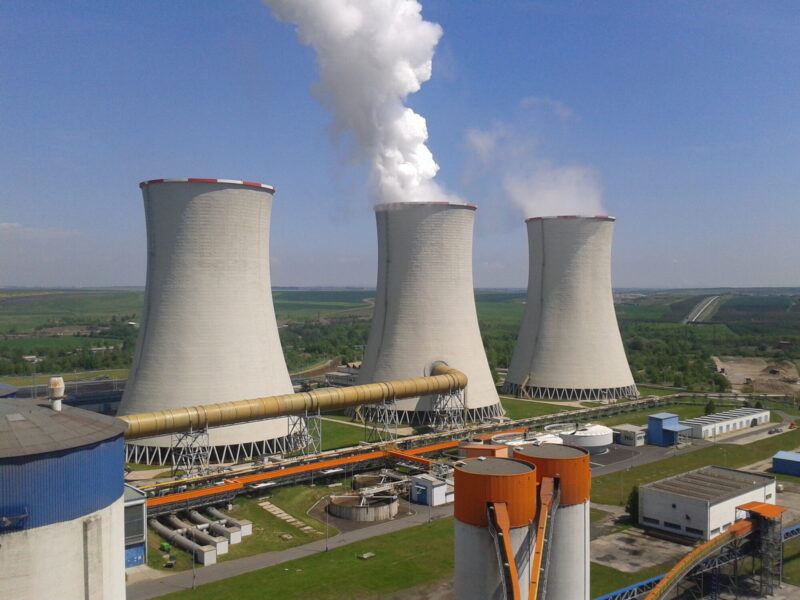Site Characterization and Investigation

A Critical Component of Environmental Remediation
Air, water, and soil sustain human existence by providing breath, drink, and food. They are integral to all our work and recreational activities. Contaminants in the environment can result in exposures and impacts to human and ecological health.
Our safe interaction with the environment requires confidence that such contamination is avoided to the extent practical.
Awareness of the presence and levels of potentially harmful contaminants is a key part of protecting the users of the environment. Evaluations are conducted of facilities where hazardous materials have been used before those sites are released for other uses. But there are also, unfortunately, sites where such materials were left at some point in unsecured conditions or dispersed in an uncontrolled manner. Environmental investigations are needed to evaluate these locations. Operators of a current facility need to demonstrate that they have met their obligations to leave the site in an acceptable condition. Historical sites with possibly unacceptable contaminants may need to be characterized to determine if there are issues requiring remediation to protect from possibly unacceptable exposures.
DEFINING THE GOAL
Planning and executing a productive and efficient environmental investigation are dependent on defining the goals of the effort. Most commonly, we start with what we know. This might be a history of the site, for example, as an industrial facility and/or a disposal site. Sometimes there is an indication of a problem such as impacts to human or ecological health or distressed vegetation. Once we understand the basic conditions of the site, we can decide on what we want the investigation to accomplish.
In the simplest situation we are looking to confirm that the facility operations have been satisfactorily competed and that residual contamination at the site meets the applicable criteria. Such confirmation sampling is usually done in conformance with the requirements of the appropriate regulator.
At the other end of the complexity spectrum are situations where there are impacts but no obvious direct cause. One such case was the basis for the book “A Civil Action” by Jonathan Harr, which became a legal drama film in 1998. These become much more complicated investigations because of the need for multi-media characterization – water, soil, air – and screening for a potentially wide range of contaminants. In the early stages the goals are to identify the contaminants of concern that exceed health standards or regulatory limits and to develop some understanding of the manner they travel through the environment. These results help in evaluation of possible sources of the contaminants. The process then becomes a bit like “Wordle” where every stage of the investigation provides information to support the next stage and the ongoing decision process. Developing a good set of sample analyses early in the project can help define what analyses are needed by ruling out some contaminants and by focusing on the most significant ones.
UNIQUE CHALLENGES
Evaluating potential impacts of environmental contaminants requires identification and measurement of those materials. Concentrations at points of exposure are generally much lower than when the materials are being generated or used so quantification can be difficult. However, technology has generally kept up as contaminants have been identified as public health hazards.
Many radioactive materials can be identified in real time at concentrations well below regulatory limits. In fact, the field challenge is often to be able to distinguish the contamination from natural levels of radioactivity. Laboratory analyses can easily identify any radioisotopes at levels below regulatory limits.
Conversely, chemicals are often not identifiable in the field and are rarely quantifiable without laboratory analysis. Many field personnel are proficient in the specific manners for collection and handling of samples to meet the method requirements for accurate lab analysis of the usual suspects: volatile and semi-volatile organics, pesticides, and metals encountered during RCRA and CERCLA investigations.
However, the requirements for evaluating Per-and Polyfluoroalkyl Substances (PFAS, PFOA, and other “forever chemicals”) are much more challenging for the field teams. Initial guidance on regulatory limits for these chemicals suggest that they will need to be quantified at or below parts per trillion (ppt) levels, several orders of magnitude below what is needed for most common industrial pollutants. Precise lab procedures and advanced equipment are needed to achieve such levels. The ubiquity of these chemicals in clothing and other materials creates a high potential for cross contaminating samples at the extremely trace levels of interest. Successfully executing a characterization program requires meticulous planning and preparation by a specially trained field team.
PLAN FOR SUCCESS
Site investigations can be costly. The expense of field teams and the equipment is followed by the laboratory expense. For a standard suite of RCRA analytes each sample can cost several thousand depending on the matrix and urgency for the results. Appropriate planning and consultation with interested parties (including your friendly neighborhood regulator) can be a worthwhile investment by ensuring that the right samples are collected in the proper manner, and that the needed analyses are performed to meet the data quality objectives. Sometimes this data is all that is needed to provide confidence that the site is in good shape. Alternatively, the characterization can be a worthwhile investment by possibly reducing the extent of remediation and the amount of waste requiring treatment and disposal.
The potential for overall success is enhanced by assembling a team that addresses the variety of issues presented by the situation. This definitely includes regulatory knowledge, field expertise, and knowledge of laboratory requirements. More complex cases may benefit from risk assessors, environmental modelers, and remediation experts. But the main key is to figure out how to answer to the question “Is it clean?”
William Duggan, Ph.D., PE, CHP
Manager, Environmental Engineering
National Security Group
Environment & Security Division


